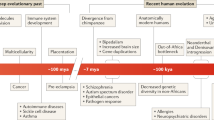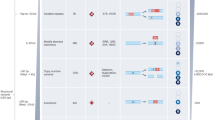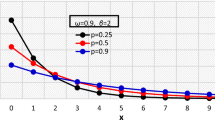Abstract
Recent developments in extracting and processing biological and clinical data are allowing quantitative approaches to studying living systems. High-throughput sequencing, expression profiles, proteomics, and electronic health records are some examples of such technologies. Extracting meaningful information from those technologies requires careful analysis of the large volumes of data they produce. In this note, we present a set of distributions that commonly appear in the analysis of such data. These distributions present some interesting features: they are discontinuous in the rational numbers, but continuous in the irrational numbers, and possess a certain self-similar (fractal-like) structure. The first set of examples which we present here are drawn from a high-throughput sequencing experiment. Here, the self-similar distributions appear as part of the evaluation of the error rate of the sequencing technology and the identification of tumorogenic genomic alterations. The other examples are obtained from risk factor evaluation and analysis of relative disease prevalence and co-mordbidity as these appear in electronic clinical data. The distributions are also relevant to identification of subclonal populations in tumors and the study of the evolution of infectious diseases, and more precisely the study of quasi-species and intrahost diversity of viral populations.
Similar content being viewed by others
Article PDF
Author information
Authors and Affiliations
Corresponding authors
Rights and permissions
About this article
Cite this article
Trifonov, V., Pasqualucci, L., Dalla-Favera, R. et al. Fractal-like Distributions over the Rational Numbers in High-throughput Biological and Clinical Data. Nat Prec (2010). https://doi.org/10.1038/npre.2010.5037.1
Received:
Accepted:
Published:
DOI: https://doi.org/10.1038/npre.2010.5037.1



